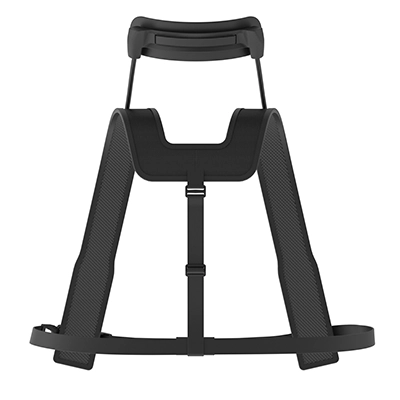You often hear about the RULA method, but do you know why it's essential for assessing workplace risks?Today, we're...
Your job
- Agriculture professions add remove
- Building trades add remove
-
Logistics professions
add remove
-
Health professions
add remove
- Paramedic
- Medical laboratory technician
- Other trades add remove
Search
Categories
Latest posts

Today, we want to remind you of the importance of preventing Musculoskeletal Disorders (MSD) and how LEA remains your...

LEA is widely used in France and the rest of the world. More than 30,000 analyses have already been carried out by...

Thanks to over 20,000 LEA analyses carried out in France, we benefit from unprecedented visibility of postural risks...

Thanks to more than 20,000 LEA analyzes carried out in France, we benefit from unprecedented visibility on postural...
Postural risks in construction and logistics
Postural risks in construction and logistics |
Thanks to over 20,000 LEA analyses in France, we have unprecedented visibility into postural risks at work. This newsletter aims to provide you with insights from these postural assessment data. Subscribe to stay updated with our exclusive information. |
| Click here to sign up |
In our last newsletter, we observed that postural risks can vary from region to region. Today, we're going to look at how these risks also differ from one activity sector to another. |
MSDs in construction and logistics: high vulnerability |
The construction, logistics and transport sectors are particularly affected by musculoskeletal disorders (MSD) (Assurance Maladie, Ameli.fr). |
Carrying heavy loads, poor posture due to working conditions and repetitive movements are all risk factors for the onset of MSDs, making these professions particularly vulnerable to these health problems. But the risks are not quite equivalent between these two sectors. |
Construction vs. logistics: a notable difference |
The graph below gives us an overview of the risks associated with each of these sectors, and also shows how risks in France compare with the rest of the world. |

It can be seen that risks in the construction sector are generally higher than in logistics. For example, regarding the trunk, 49% of analyses carried out with LEA indicate a risk in the construction sector, compared with only 33% in logistics. |
This could be explained by several factors. The physical nature of construction tasks often involves heavy loads, awkward postures, and poorly adapted workstations. In addition, ergonomic awareness and practices are probably less developed than in the logistics sector. |
France vs world: comparable risks |
We can observe that, with the exception of elbow risks in the construction sector, there are no major differences between risks in France and those in the rest of the world. Indeed, the professions in these sectors are fairly universal, and there's no reason why practices and postures should be radically different. |
For more information on how LEA works, check out the very first edition of our newsletter: Understanding Postural Analysis with LEA |
Please note that these analyses are based solely on data collected with LEA. We are aware that, by their very nature, they tend to highlight risky situations, which may not fully reflect the reality of workplaces. Nevertheless, when postural risks are identified, it is crucial to take them seriously, whether you are an employer or a worker. |
| Discover our solutions |
Related posts
 Understanding Postural Analysis with LEA
Understanding Postural Analysis with LEA
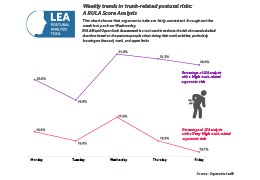 Which is the riskiest day? An analysis based on LEA data
Which is the riskiest day? An analysis based on LEA data
 Mapping Postural Risks in France: A Regional Analysis
Mapping Postural Risks in France: A Regional Analysis
 Optimized ergonomics with LEA - Save time and reduce the risk of MSD
Optimized ergonomics with LEA - Save time and reduce the risk of MSD
 Back or shoulders? Only 10% of workers at risk on both fronts - What does this mean?
Back or shoulders? Only 10% of workers at risk on both fronts - What does this mean?

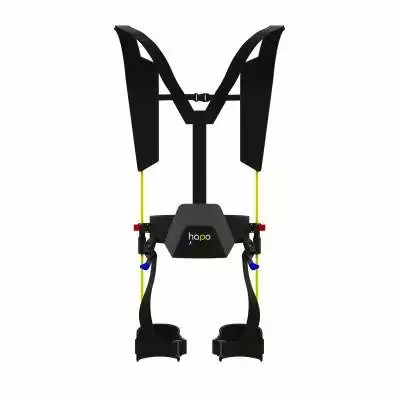
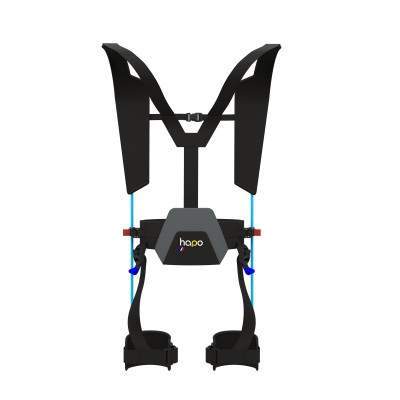
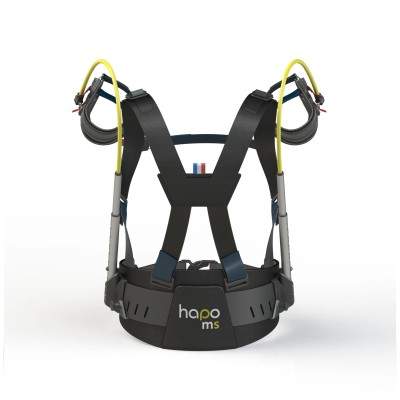
.jpg)
